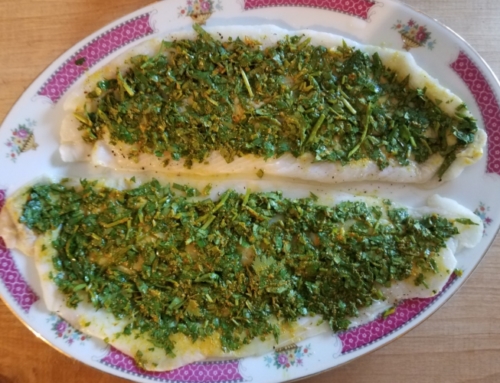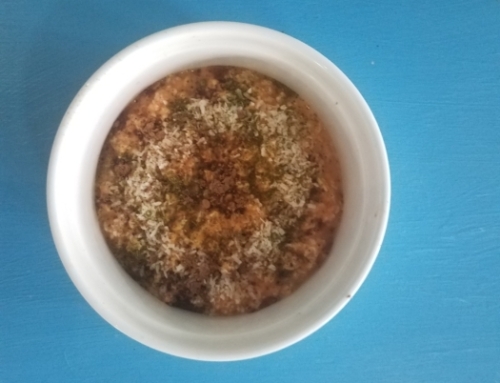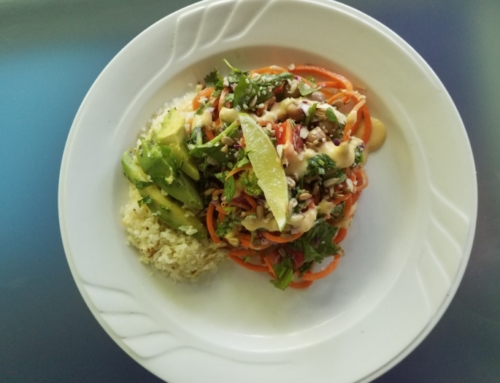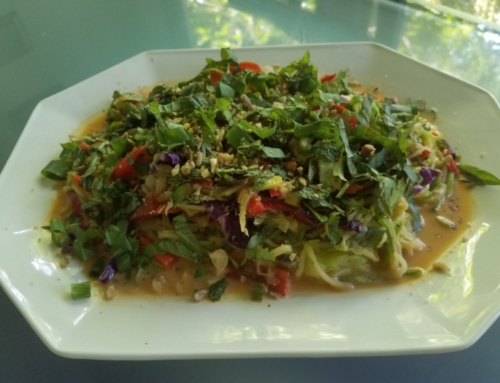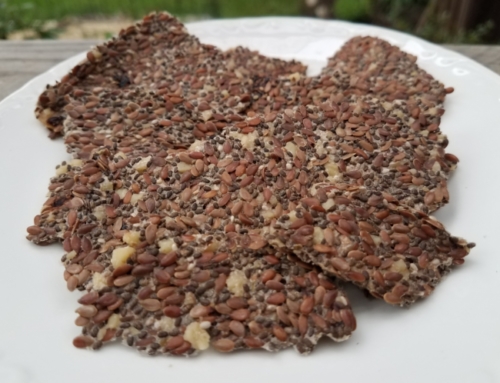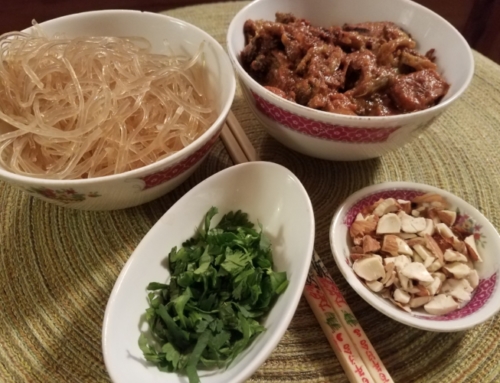Tis the season…for fire cider! Yup the fiery elixir that supports your immune system and warms you from the inside out. It’s super easy to make and the health benefits are fabulous. But, wait you say, what exactly is fire cider?
What Is Fire Cider
A bit of history first; fire cider is a longtime favourite amongst herbalists and this DIY tonic is finally getting it’s shot at fame in the mainstream. We have Rosemary Gladstar, a respected herbalist, teacher, author and one of my favourite educators, to thank for this gift of fire cider. It was she who came up with it and coined its name in the late 1970s.
Fire cider is a vinegar infusion made with common ingredients you can find easily either in a store or your backyard. A powerhouse natural remedy that supports immune health and respiratory health, it has a place in our modern world. The original recipe uses horseradish root, cayenne peppers, garlic, onions, ginger and a bit of honey in apple cider vinegar. After adding all the ingredients to the vinegar, you let it sit for 3-6 weeks. This combination of flavours has it all; sour, pungent, spicy, sweet. Let’s breakdown each of the original ingredients and their benefits to see what each brings to the table besides microbiome support. If you’re not familiar with the term microbiome then read this blog to find out more.
Benefits
Horseradish: number one root herb to combat sinus congestion and headaches.
Cayenne Peppers: opens capillaries, aids circulation and supports cardiovascular health along with immune health.
Garlic: often referred to as the poor man’s antibiotic, it is a broad-spectrum antimicrobial and antibacterial that aids in fighting infection. The heat from garlic helps lower cholesterol.
Onions: are great when fighting a cold and have similar properties as garlic.
Ginger: is a warming herb used for digestive aid and inflammation. It also supports circulation, helps fight infection and prevents nausea.
Raw, unpasteurized apple cider vinegar: last but not least apple cider vinegar support digestion and is a natural ferment, providing all the benefits of cultured and fermented foods.
Raw, unpasteurized, uncooked honey: very soothing for inflamed tissues and organs, antibacterial and antimicrobial, makes the drink palatable and buffers all the ingredients.
How I Make Mine
There are many recipes out there for fire cider. The original ingredients are listed here so you know what the foundation is. I like to use that and then look around at what’s available and I suggest you do the same. That way it becomes more personalized to your tastes and needs.
This year I had some burdock root in my freezer, so I used that. I had access to horseradish root and chillies from one of the farms I intern at Pinsch of Soil, the lemon was in my fridge, garlic, rosemary, thyme from my garden. Habaneros came from another local farm. Rosehips I foraged from the land along with fir needles. I had fresh turmeric root dehydrated that I brought back from Costa Rica earlier this year and added some of that as well. Ginger root, black peppercorns and apple cider vinegar from the store.
As long as you stick to the same formula so to speak and remember spicy, sour, sweet, pungent, you’ll end up with a delicious elixir. Why did I choose these ingredients? A couple of reasons, one being it’s what I had access to. Another has to do with the healing properties of them as I’ve listed below.
Ingredients for Eight Cup Mason Jar
(if you’d like to make a smaller batch the first time, cut ingredient portions in half and use a 4-cup mason type jar)
Basic ingredients:
- Horseradish root – 10-inch piece or 1 cup chopped
- Onions – 1 medium, cut into quarters or chopped
- Garlic – 2 heads; tear off cloves and smash slightly; no need to remove the skin
- Ginger – 16-inch piece, 1 cup if slicing
- Cayenne peppers – 2 to 4 cut in half or just added whole
- Apple cider Vinegar – 7 cups plus extra as needed, be sure it is raw, unfiltered with the mother
- Rosemary – 6 sprigs, just add directly to the jar
- Lemon – 1 whole cut into quarters or small chunks
- Honey – ½ – 1 cup be sure to use raw unpasteurized uncooked local
My additional ingredients:
- Burdock root – detoxes liver, purifies the blood
- Rose hips – vitamin C
- Habaneros and Bird’s Eye chilis – support cardiovascular health, anti-inflammatory
- Thyme – antibacterial, supports immune health
- Peppercorns, black – antioxidant, anti-inflammatory
- Turmeric – anti-inflammatory, antioxidant
- Fir needles – reduce pain, reduce risk of infection, improve respiratory function, vitamin C
*for these additional ingredients it will depend on how much room you have in your jar so use your best judgement. You want the ingredients to fill the jar densely so none will “float” to the top when you add the vinegar. All ingredients need to be submerged in the vinegar.
Method
Now if you want your fire cider to be ready sooner, chop all your ingredients into small chunks before placing them in your clean sanitized mason jar. Start by layering the thicker root items at the bottom and the looser items towards the top. Be sure to pack it down and pack it tight. Add more ingredients if needed to fill the jar. Cover with apple cider vinegar all the way to the top so everything is submerged. Seal the jar (use parchment paper under the lid if it’s metal so it doesn’t corrode. Store in a cool dark place (not your fridge) and shake it, move it around daily for even disbursement.
I like to use a “pickle pipe air locking” lid in mine so I don’t have to release the pressure occasionally. As a side note these pickle pipe air locking lids are one of the most fabulous inventions ever! They make fermenting so easy and prevent explosions if you don’t release pressure in time on your ferments.
You can start checking your fire cider after three weeks if you chop up everything. If you’re like me and just kind of stuff it all in there whole, then you must wait closer to five to six weeks. Either way works. The flavours have an interesting way of blending in fire cider and often don’t turn out as you’d expect; it’s often way better! After the first time making it, experiment and see what combinations your favourites are.
When it’s ready, strain it through cheesecloth or a fine-mesh silicone sieve into another sanitized jar. You can discard the strained solids into your compost. Add the honey to the liquid and stir to blend. Drink 1 to 2 ounces daily as preventative and immune support. I like to also use it in salad dressings or splashed over cooked veggies.
Do share in the comments how yours turns out; I’d love to know! Share with friends and family too so you can all make some and stay healthy this winter.
Live Vibrantly!
ps. Curious to know more about how to get the most nutrients from your food and have more energy? How to best support your microbiomes to thrive so you can thrive? Then I invite you to check out my book: “Live Vibrantly! 10 Steps to Maintain Youthfulness, Increase Energy and Restore Your Health”. Go here for more information and how to get your free bonuses.



